Issue № 15 - In Praise of a Library
Exploring the gems of St. Bride Foundation’s library for the book and preparing for my final research at the Smithsonian!

Issue № 15 - In Praise of a Library
Hello, new subscribers! Welcome to the club. I’m so happy you’re here. Today, you’ll read about my love of a library. If you know me personally, this will seem entirely obvious — however if you just came across this project, it may seem a bit strange. But read on to see if I can convince you otherwise ;-)
The Library at St. Bride
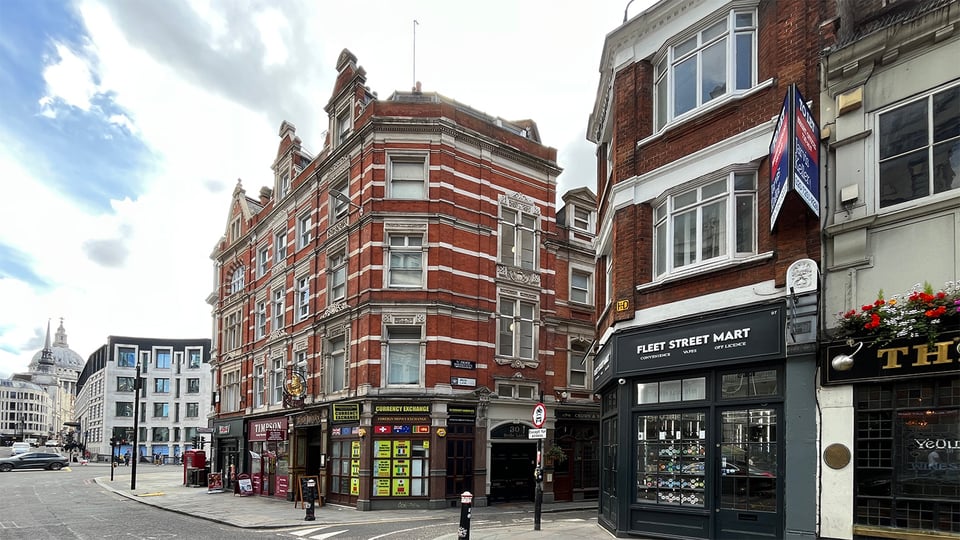
This was my fourth visit to the St. Bride Foundation’s library in London for my book. Simply put: it’s a very special place.
I always approach it from the east; either by the Central Line or via Bus 26. It’s a fifteen minute walk from St. Paul’s Cathedral, tucked down a tiny lane, and up some stairs from Fleet Street — the traditional location of British printing for hundreds of years.
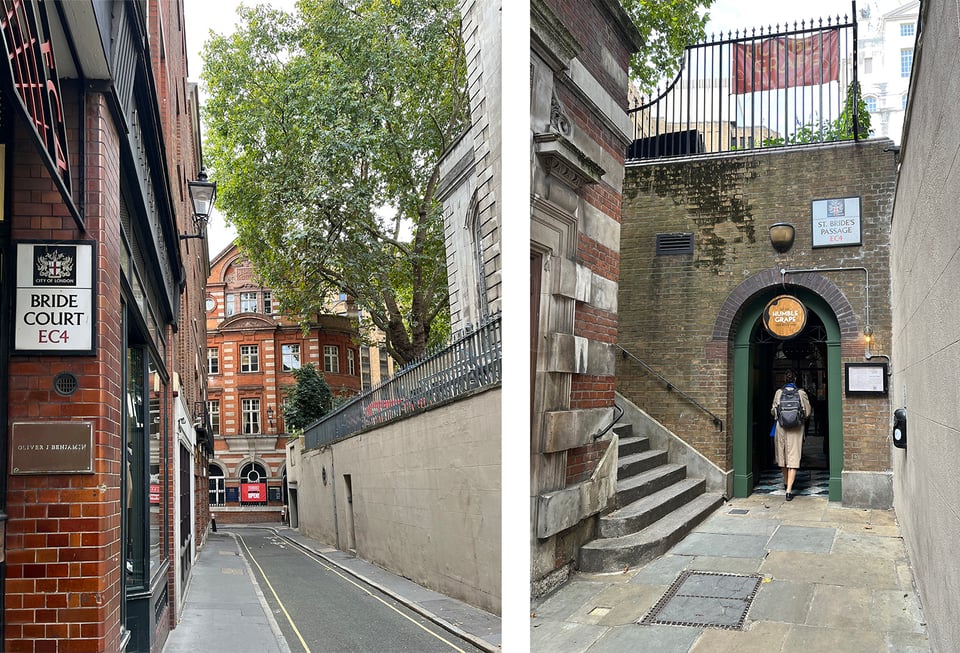
I won’t go into the entire history of St. Bride, but the building was many different things over many different years and even included a swimming pool for decades. Every time I visit, I get a bit lost inside: there are stairs leading in every direction and there are certainly rooms I’ve never seen. In fact, I learned on this trip there is an apartment the foundation leases at the top of the library building: NEW LIFE DREAM ALERT!
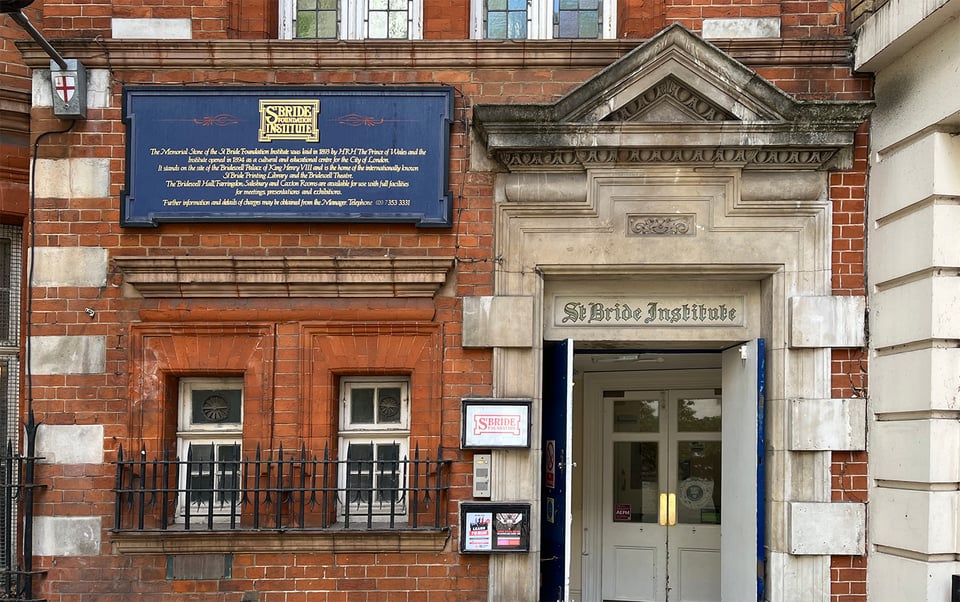
Libraries are Only as Good as Their Caretakers…
So, yes, this is the fourth time I have researched at St. Bride. My recent visit was to make sure I’d fully researched everything the library contained on the British Linotype company. From previous visits, I knew I still had a handful of Linotype publications, a bookshelf that needed a final browse, and several shelves of specimen books that I needed to confirm were not new to me.
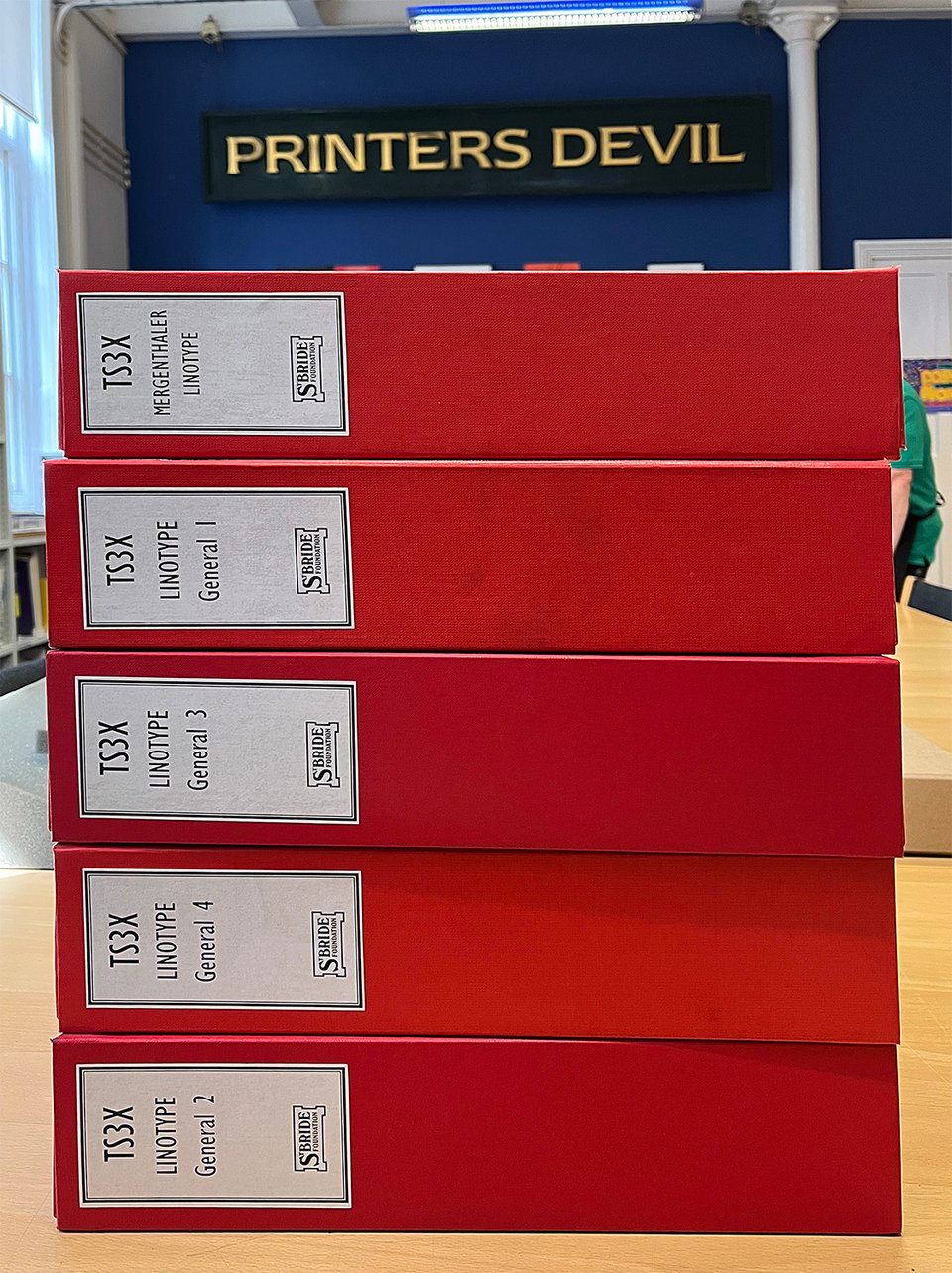
Since its founding in 1891, the library has had many librarians, but for the past two years, I’ve worked with two wonderful people that I’m now on a first-name basis: Sophie and Bob.
Sophie is the current librarian and Bob is the former librarian, but he still comes in once per week to help with organization, research requests, and dealing with pushy Americans (me). Sophie and Bob are true caretakers and understand the importance of what they are entrusted with. They have graciously answered every request I have thrown at them.
As with previous research trips, I’ve archived some of the things that caught my eye and put them on Flickr for you to enjoy, if you’re curious.
A Linotype in Costume
This final trip revealed some wonderful images, but none more astounding than what you’re about to see. The moment I turned the page and saw this image, I knew my entire trip was worth it.
Seriously.
I gasped, then laughed. I shared it with Sophie (who also laughed) and I shared it with another designer doing research at the same time (who also laughed).
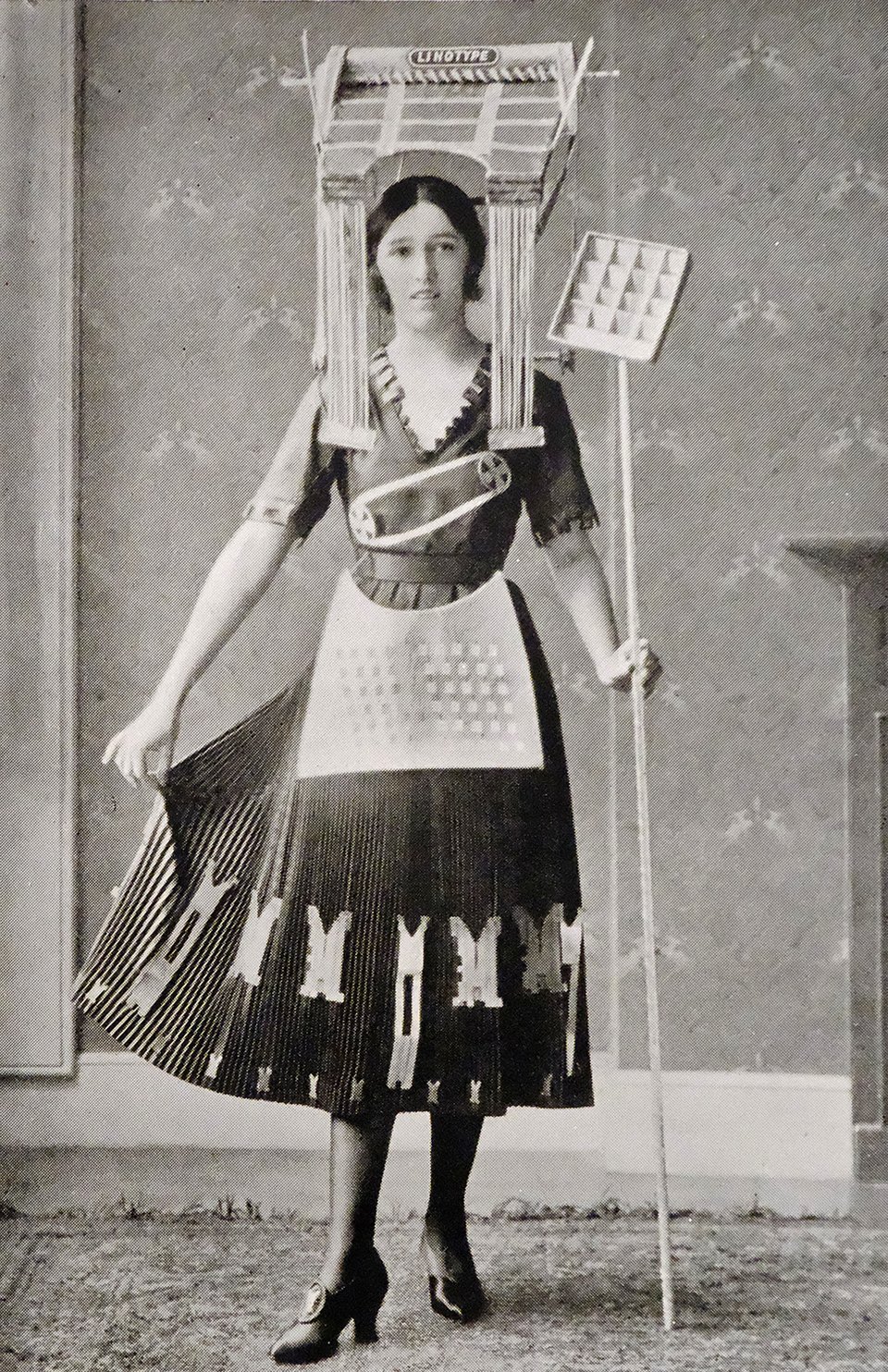
I’m sharing this photo for several reasons: First; it is just hilarious and absurd. Second; it’s actually a really good costume. Third; this woman legit won an award for it. Miss M. G. E. Elliott — I salute you. I hope this was a highlight in a long and fruitful life.
The likelihood that this image makes it into the final version of the book? Extremely high, my friends.
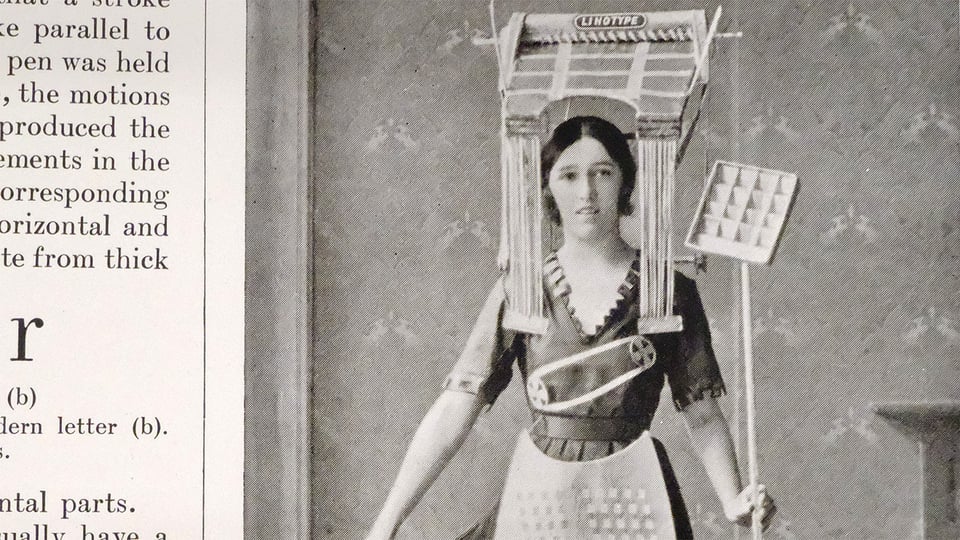
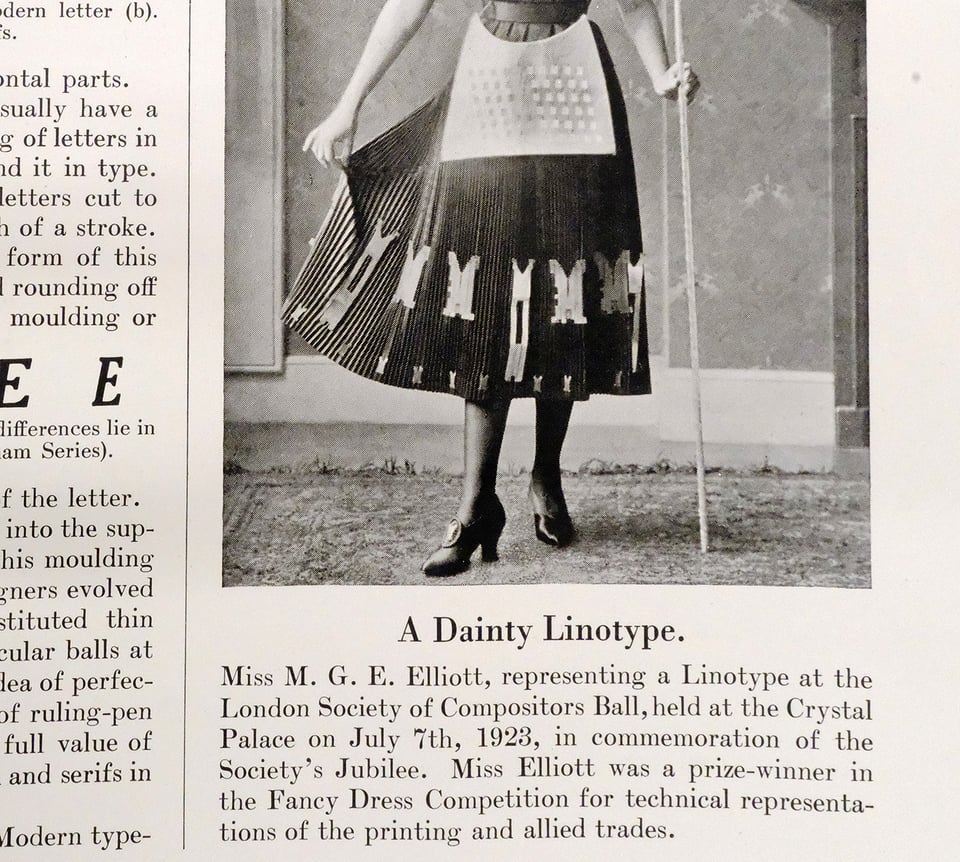
Preparing for the Smithsonian
As I’ve stated in previous newsletters, I’ve known the German Linotype company (Linotype Library GmbH) donated much of its archives to the Smithsonian Institution in the United States in 1998. The collection consists of 257 boxes of materials.
That’s a lot of boxes.
And I don’t live in Washington, D.C.
And the American government is currently very, very broken.
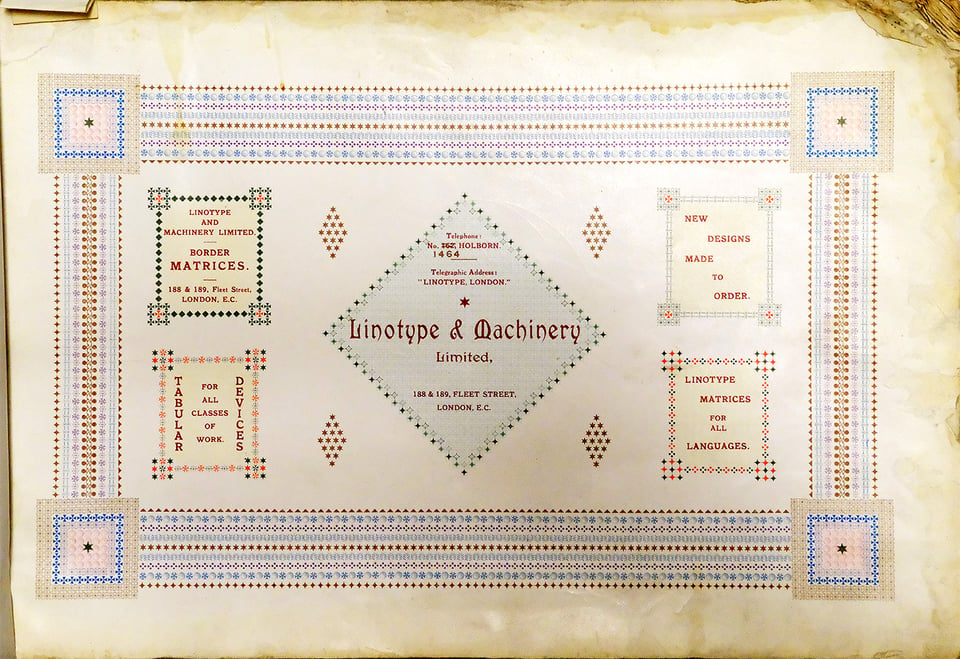
However; for the past two years while visiting libraries and archives all over the world, I’ve been waiting until the end to visit the Smithsonian. I needed to get as broad an understanding of the tentacles of the Linotype company before I dove in.
There is a lot of correspondence in the collection and I needed to understand what someone was talking about in a hypothetical letter from 1926 about Mergenthaler Setzmaschinen-Fabrik in Germany, or something about Linotype & Machinery’s factory in England, or even something more “recent” like the VIP photosetting machine’s font grids from the 1970s.
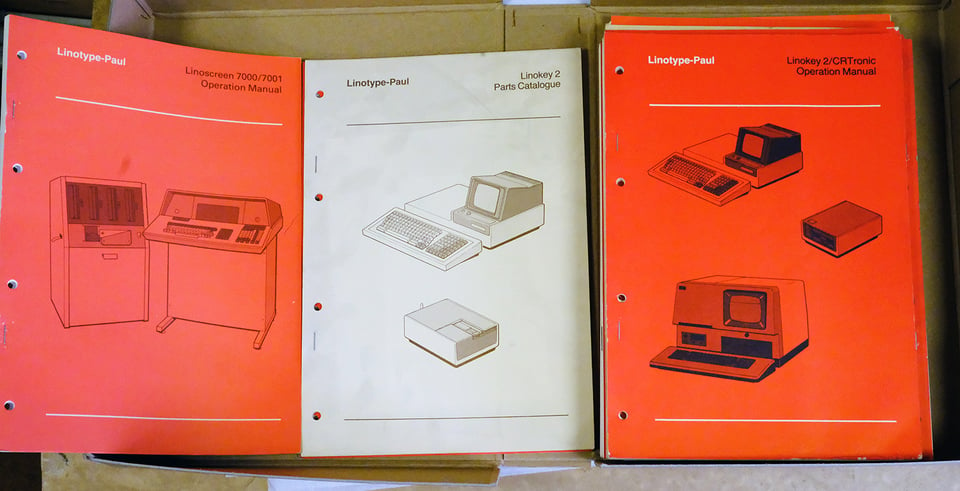
My Final Research Location
I’m excited to announce that I have booked my final research trip in early November to visit the Smithsonian. It is a massive organization and it took weeks of work just to find the right person, in charge of the right part of the Linotype collection, in the right building, at the right part of the Smithsonian organization (hat tip to Erik Dunham for connecting me).
I’ve spent 20+ hours going through the finding aid, narrowing down what sounds interesting and what sounds like items I’ve already seen; because no human should be forced to go through 257 boxes! Spreadsheets have been made, modified, shared, and narrowed down.
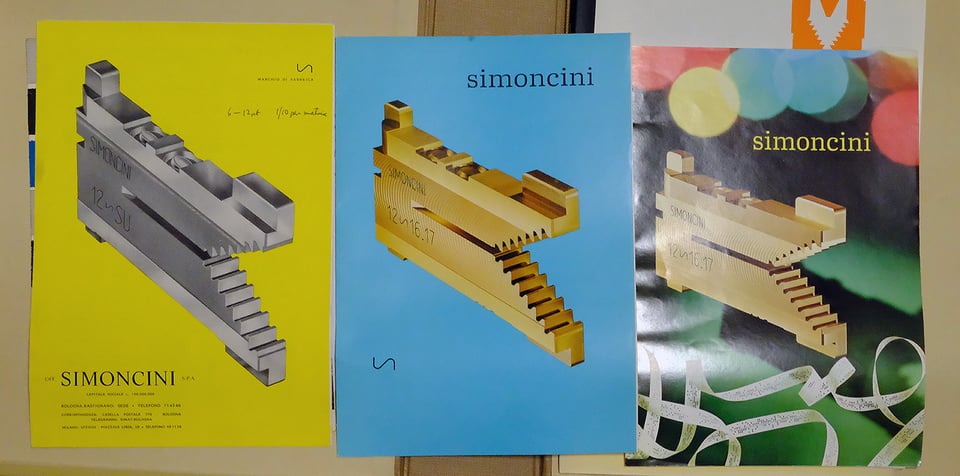
It is likely that you can expect another newsletter after my visit to the Smithsonian in November. And as always, I’ll be posting on the Instagram account in real-time.
Although I am not naïve enough to think that my research will be fully finished after the Smithsonian, I am proud of the breadth of information, images, and stories I’ve collected and feel my project shifting into the next phase.
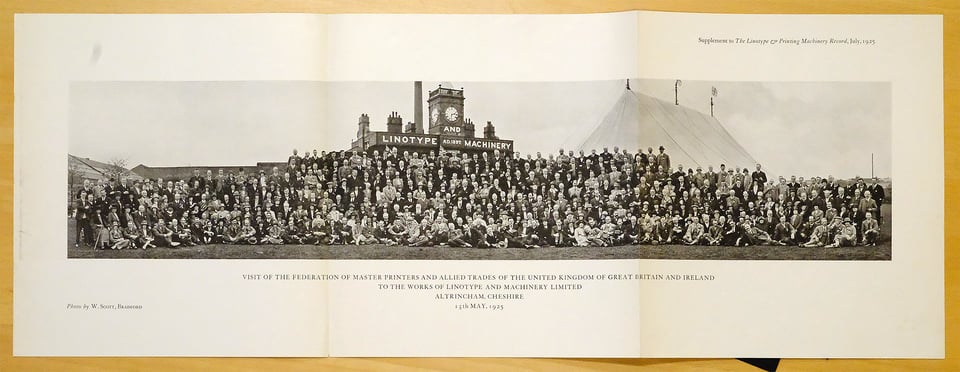
Shifting to the Next Phase
After the Smithsonian, the research portion of my project will be mostly finished — which is honestly astonishing to write. This means the daunting and scariest part is quickly coming down the pike: pulling the threads together, creating the story, and actually writing the darn thing.
Am I terrified? OH, ABSOLUTELY. Do I have questions in my head all the time such as, “Doug, can you really stick the landing and create a compelling book that people will want to read?” MOST CERTAINLY.
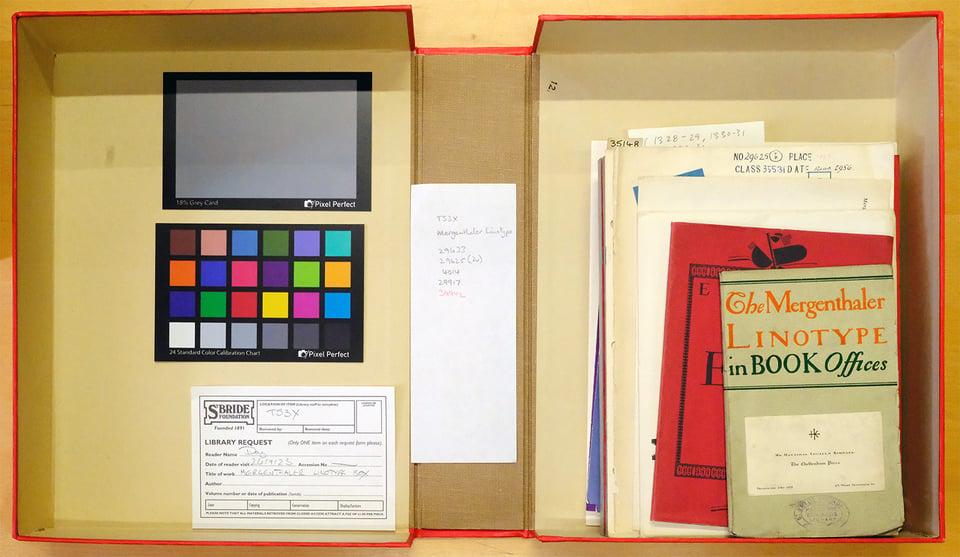
Because it feels so overwhelming, I keep asking, “What do I want my book to feel like?” With this question, I shift my perspective from the daily task of writing to focusing on the output — not the photos, illustrations, and text — but how I want the reader to feel when you pick up my book.
Three Podcasts that Feel Like My Book
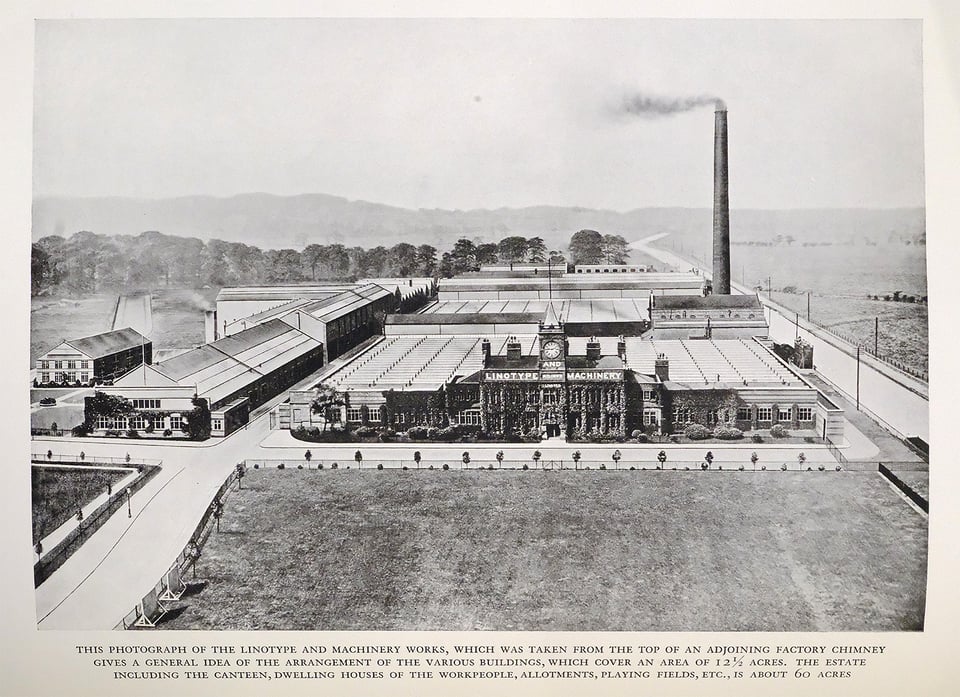
If you can’t tell, I’m finding it difficult to put it into words what’s next. But strangely, these three podcast episodes are the best way I can share what I want my book to feel like; from three people I greatly admire.
This Day: The Art Of Storytelling with Nate DiMeo
Starting off, one of the best historical storytellers of the modern era; Nate DiMeo.
Search Engine: Is it ok to just work all the time? With Ira Glass
And one for people who are ambitious about making things and wonder about how much it should (or shouldn’t) overwhelm your life.
Talk Easy with Sam Fragoso: The Terry Gross Interview
And finally, a great interview with the greatest interviewer of an entire generation, Terry Gross:
Wrapping up, for Now
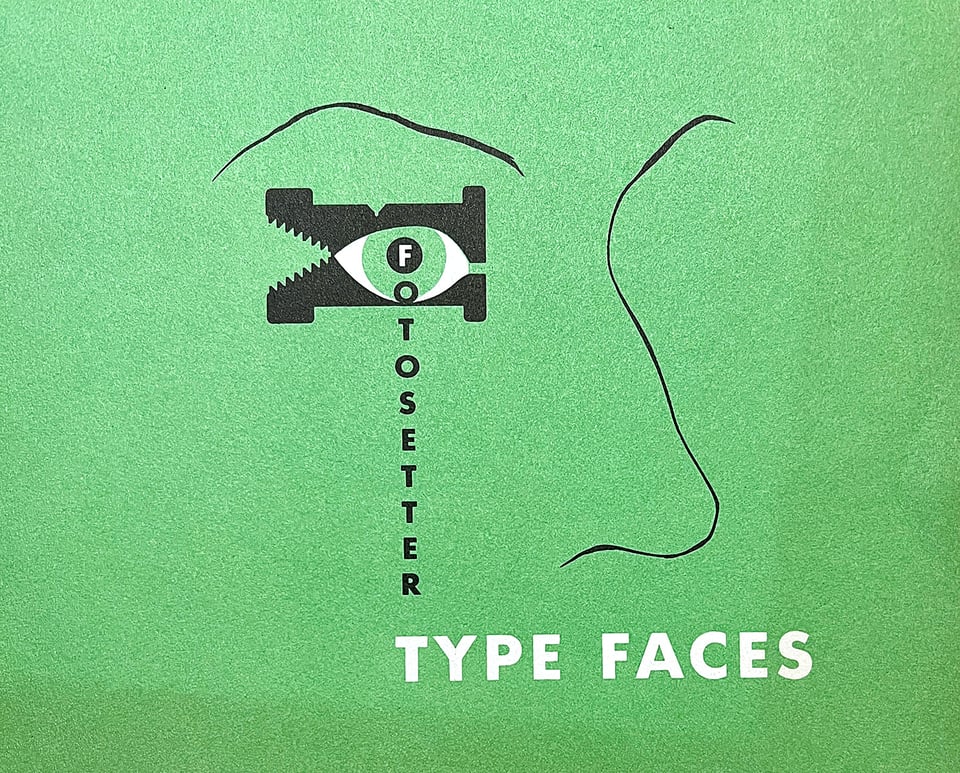
So: this is the status of my book project and the status of how I am feeling about it, as of October, 2025, sitting here in Denver, Colorado USA, watching the tree in my front yard turning from green, to gold, to red, to brown.
Until my next dispatch; I wish you all the best,

Doug Wilson
